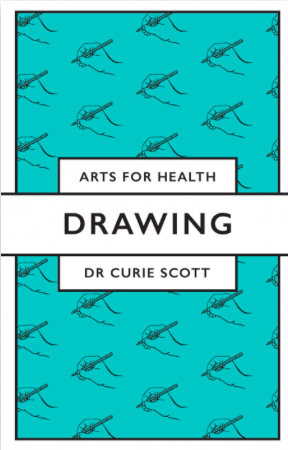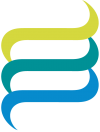Children love to draw but usually stop drawing at approximately 8-10 years old. What about you? Did you draw when you were young? What did you enjoy about drawing? Why did you stop drawing?
Drawing helps children think in lots of different directions and is formally recognised as a crucial part for a child’s cognitive development. Drawing helps children communicate to themselves about their inner world; to process new experiences in the world around them; and to communicate to others. Many children find it natural to communicate through their drawings, leveraging the process of visual literacy which facilitates learning in all subject areas.
Children are praised and affirmed for their drawing by people that are important to them. Their ‘art’ may be put on the fridge, or framed, shown to other adults, or converted into cards.
However, my book on Drawing for Wellbeing emphasises that drawing is not just about art, but rather a multi-layered process of ‘mark-making for meaning-making’ beneficial for both children and adults.

One technique, the ‘Draw-and-Tell’ and the similar ‘Draw-and-Write’ method, works well for gaining insights and perspectives from both children and adults. For ‘Draw-and-Tell’, a person is asked to draw in response to a prompt and tell you about it and in ‘Draw-and-Write’, they write about their drawing. These drawing methods helped children with special needs share their perspectives of their school experience; enabled discussion of abstract concepts such as fear, illness, and disability; and helped children to express the impact of COVID-19 on their lives. With adults, the same methods have provided insights into patients’ perceptions and misunderstandings of their health condition and, in my own research, exposed subconscious beliefs about ageing.
In Drawing for Wellbeing, I provide research evidence for the benefits of drawing and activities for people to re-engage with drawing. These include drawings to organise information such as mind maps for learning and revision; doodling for distraction and energy release; drawing feelings to map emotions; using lines to reflect on life experiences; recording or documenting observations; making collages about your future; drawing rich pictures to gain perspectives from various groups and drawing as icebreakers for group facilitation. Find out more about this new book at the Emerald Book Store.
Curie Scott is a coach, artist, writer, educator, and researcher, interested in embodied cognition, the co-construction of knowledge via making, visual research, and using art for well-being. She trained as a medical doctor, taught health professionals for 15 years, then led a Masters in Education where she embedded creative teaching approaches across the university Extending her PhD research work on drawing and recent training as an embodiment facilitator she runs workshops using expressive drawing, making-by-hand, and metaphor to reconnect people to their bodies and surrounding environment. Bespoke workshops are delivered online and in-person. Examples include drawing for learning, building resilience, wellbeing and emotional agility and conflict management. Do get in touch on –

